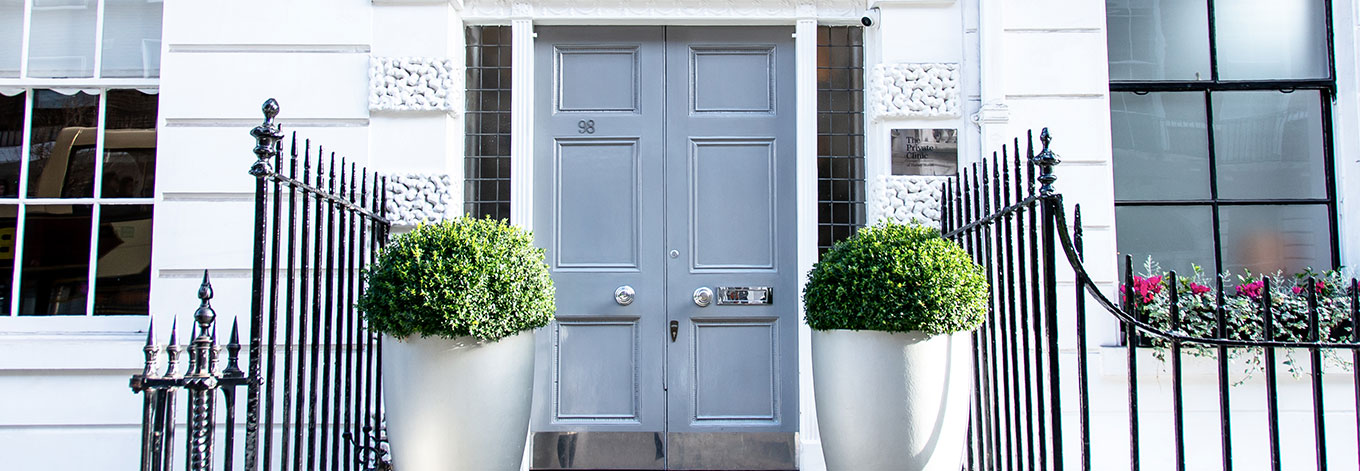Inverted nipple correction and breastfeeding
PLASTIC SURGERY
Even though over 10% of the UK’s population have inverted nipples, many of them feel self-conscious about them. Women especially have been found to feel strongly about wanting their breasts to look ‘normal’.
If you are thinking about having this procedure, it’s important to know that your breastfeeding abilities may be impaired. If you haven’t started a family yet, it’s a factor that you may wish to consider. The results will all depend on the severity of your inverted nipples and the root cause behind them.
What are inverted nipples?
The breast’s primary function is to create and provide milk for your baby. It’s reflected in the breast’s composition. Mammary glands produce milk and are located at the breast’s centre, while milk ducts stretch from them to the nipple where it can be delivered to an infant.
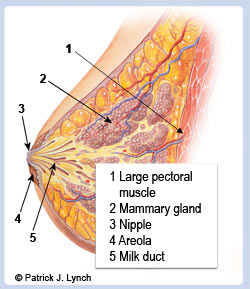
Inverted nipples occur when there’s too much connective tissue in the nipple or the milk ducts are too short. If the pull from the milk ducts is stronger than that of the nipple’s smooth muscle, then the same thing can happen. Note that only one nipple can be inverted even though the other is evert.
There are three different grades of inversion. In the first instance, the nipples are flat or only slightly turned inwards and can easily be manipulated outward, or they can pop out thanks to stimuli. Nipples in the second grade are slightly more inverted and although they can be manipulated to come out, it’s more difficult and they don’t remain evert. Finally, grade three nipples are completely inverted and can’t be teased out.
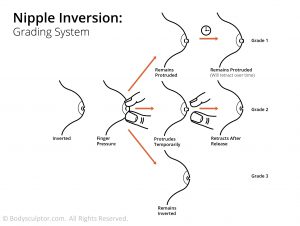
What does nipple correction involve?
The procedure is simple and depending on the method used, it can last from 30 minutes to slightly over an hour.
If it’s a case of overgrown connective tissue, then an incision is made at the base of the nipple and the surgeon will aim to disentangle and loosen the tissue in question. The goal here is to try and preserve as many milk ducts, blood vessels and nerves as possible.
However, if it’s a matter of the ducts being too short, or their pull being too great, those links will have to be severed for the nipples to become everted. A biodegradable suture may be put inside the nipple to keep it in place while the tissue around it heals.
Your breast could be a little bit sore afterwards, so painkillers are recommended post-surgery but there is no significant downtime to worry about.
Will I be able to breastfeed?
It depends.
Whenever it’s achievable, your surgeon will try to conserve as many milk ducts as possible, but everything comes down to the reason behind your inversion and the technique that would be used accordingly.
Because of this, it’s often recommended that women who would want to breastfeed in the future, wait to have the procedure until after they’ve completed their families.
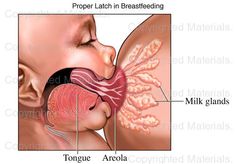
Even if you’re born with inverted nipples, they sometimes do emerge by themselves after puberty, sometimes even by the age of 25. For this reason we would recommend waiting until such an age before pursuing treatment. On the other hand, always visit a GP if you suddenly develop an inverted nipple as this may be a sign of a more serious condition like Breast Cancer.
The best course of action is to consult an experienced plastic surgeon who will be able to advise you on your specific case.
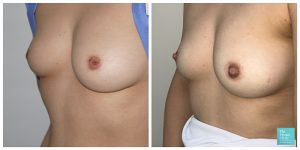
The Private Clinic
Our philosophy at The Private Clinic is that we want to help you feel more like yourself and comfortable in your own body. In order to do that, we’ve gathered some of the UK’s leading Consultant Plastic Surgeons to advise you in an unbiased and professional manner. Keep in mind, if they do not think that a procedure would benefit you, they won’t perform it.
Inverted nipple correction consultations are available in London Harley Street, Birmingham, and Northampton.
Our experts
Get in touch
Find out more about inverted nipple correction at The Private Clinic by calling 03339209135 or using our online Inverted Nipple surgery contact form.




